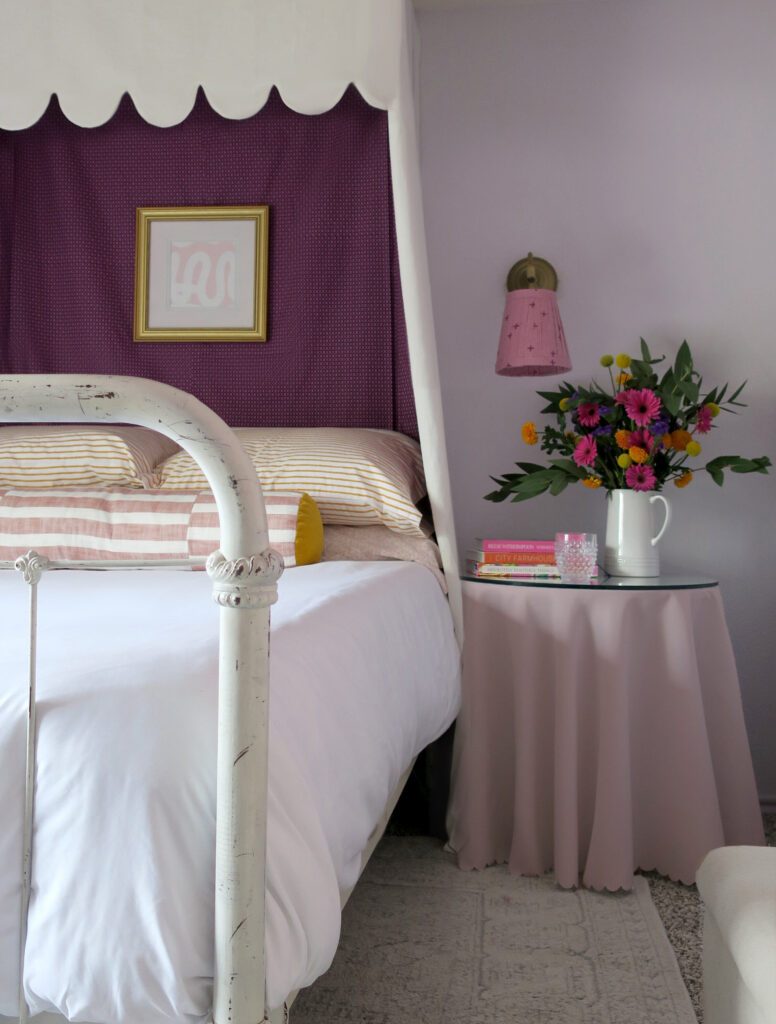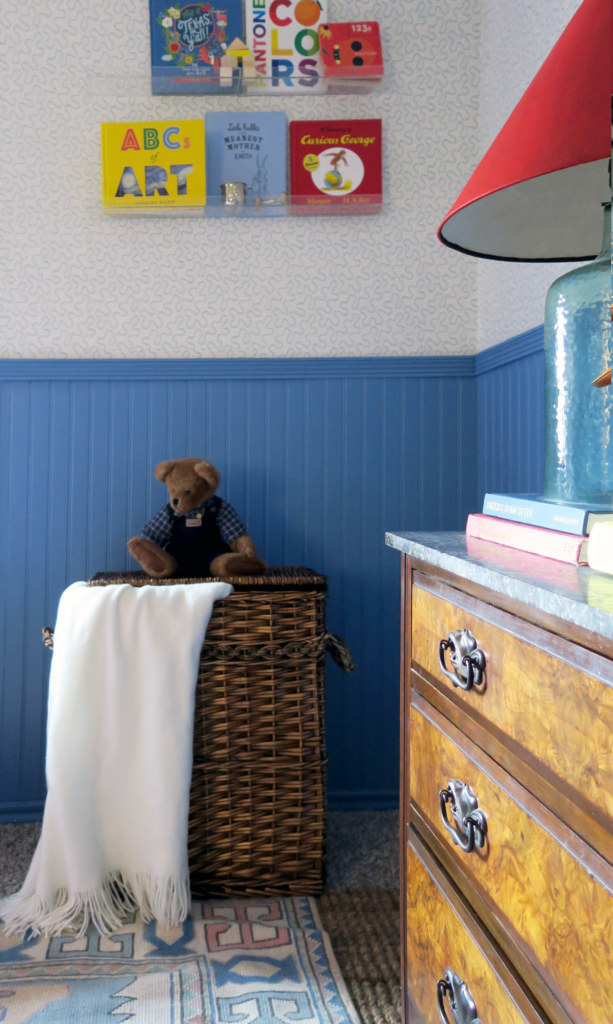When you’re designing a nursery, you want it to be beautiful and comfortable. But as your child grows, you’ll also need to consider how the room can be transformed into something that’s still functional and beautiful (not just for babies anymore.) This post will help you navigate the transition from nursery to big kid room, or design a nursery that can grow with your child.
Create a Floor Plan

The first step in designing any room is measuring the space. This should give you a good idea of how much furniture you’ll be able to fit in the room, and where you want it to go. If there are windows or other features that will affect your design choices, take note of those as well. Once you have all this information, it’s time for some creative thinking!
Once you’ve got your measurements, start thinking about how your child will use their new room. How many hours will they spend there each day? What kinds of activities do they enjoy doing most often? Do they like reading books at night before bedtime? Or do they prefer playing video games with friends during their free time after school? These answers will help inform decisions around things like lighting options, color schemes, furniture styles and more!
Safety tips to keep in mind for a child’s bedroom:

Secure all Furniture: Heavy furniture, such as dressers, bookcases, and nightstands, can easily tip over and cause injury, especially to young children who may try to climb them. To prevent this, make sure all furniture is secured to the wall using brackets or anchors.
Cover Electrical Outlets: Electrical outlets can be a serious safety hazard for young children. To prevent electrical shocks or burns, cover all unused outlets with safety covers or plates. If possible, use tamper-resistant outlets that are designed to prevent children from inserting objects into them.
Use Child-Safe Materials: When choosing materials for your child’s room, opt for non-toxic, child-safe options. This includes everything from paint and flooring to bedding and toys. Be sure to check the labels on any products you buy, and avoid materials that contain harmful chemicals or are prone to off-gassing.
Select durable and long-lasting materials

It’s important to select materials that are durable, long-lasting and easy to clean. This will ensure the room remains in good shape for years to come.
For example, if you choose a rug with a patterned design or one made from wool, it will be easier to clean and mask small stains. Instead of rugs with solid patterns or inexpensive materials that could be damaged easily by spills and stains, choose rugs made from natural fibers. And don’t be afraid to layer a rug on top of wall-to-wall carpet! There are special rug pads available that will prevent the rug from moving, and it’s a great way to protect the carpet from childhood messes.
We also love to incorporate vintage or antique pieces into kids’ rooms. These pieces not only add character and uniqueness, but they’ve already proven that they can stand the test of time. While vintage cribs or beds may not be safe choices, you can find plenty of beautiful dressers or seating options that will add personality to your child’s space.
Need help? Bring in a designer who understands designing for the whole family.

When you are designing a room for your child, it’s important to think about how the space will be used in the future. As your baby grows older, they’ll need different things from their room and you may want to change it up a bit. A good designer will help you plan for these changes and invest in the right pieces.
